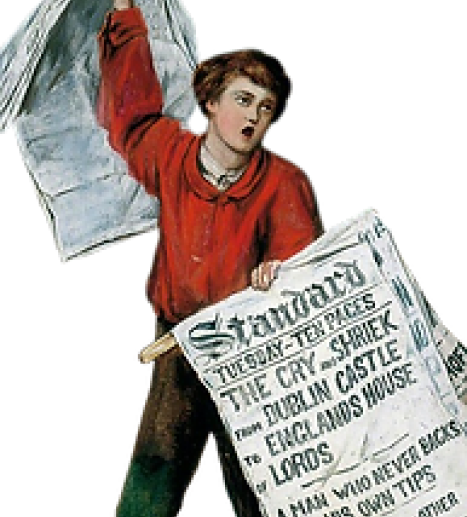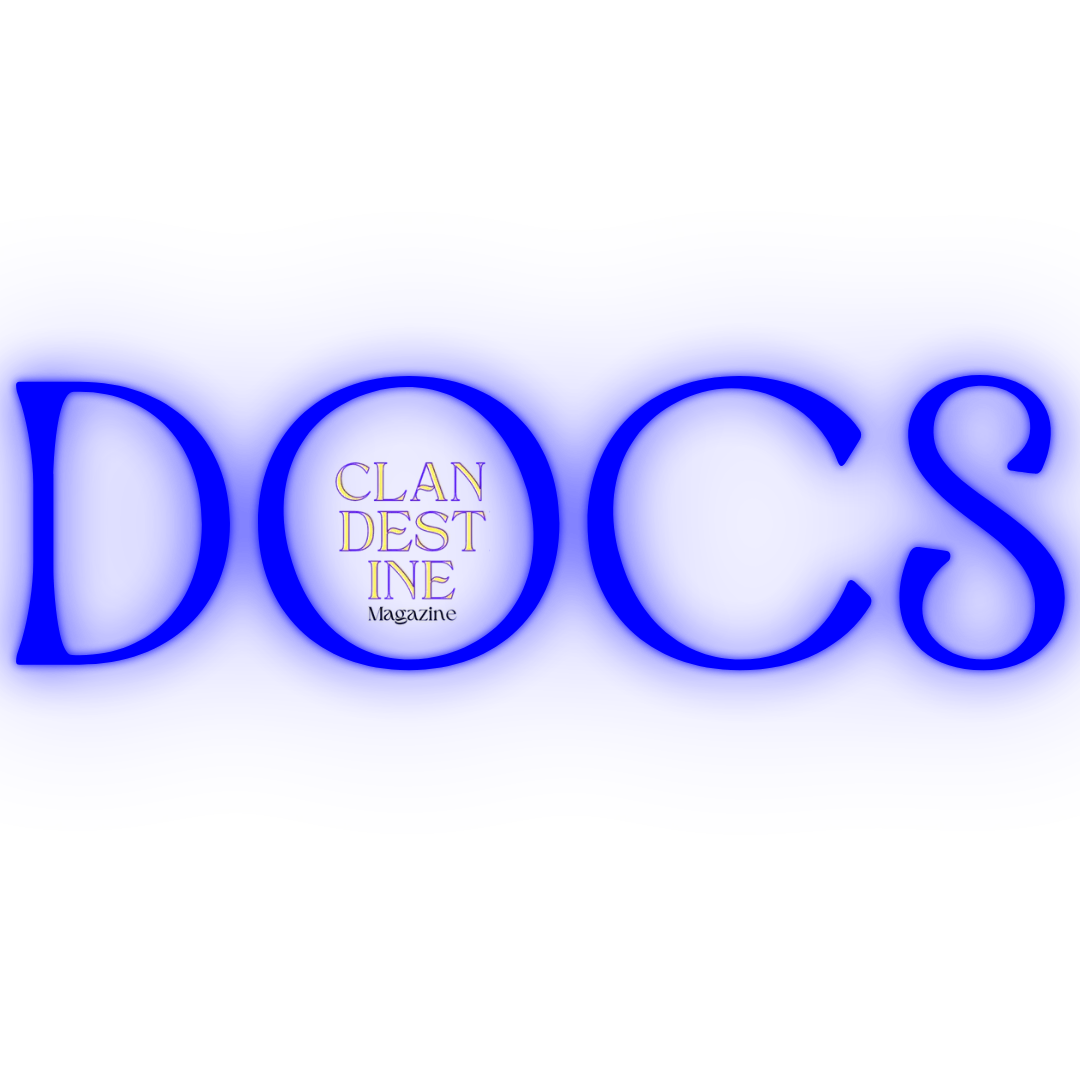Neither Attlee nor Wilson
Undeniably, since suffering electoral defeat in 2019, Keir Starmer has taken the Labour party further towards the right than under Corbyn; with subsequent electoral success. Resulting from this change of both direction and style the Labour party has experienced, many comparisons have been made about Keir Starmer with former prime ministers.
Journalists and commentators have sought to compare Starmer with many former Labour leaders, as a means of understanding Starmer’s ideology. Starmer’s idol Clement Attlee for example, has been a significant talking-point for understanding Starmer’s sense of himself and sense of direction for the country.
However, as Francis Beckett noted in the Fabian Society – ‘Attlee’s decision-making was like a steel trap.’ This evidently does not square-the-Starmer-circle as several decisions since entering government have led to U-turns whether that be; welfare reform, winter fuel payments, national insurance, and farmer inheritance tax.
Therefore, as disappointing (to Starmer) this may be; Starmer is not the political giant Clement Attlee was, nor does the country feel he has the same sense of direction as he did.
Starmer ‘has [also] previously said that the Labour leader he most admires… is Harold Wilson…’ However, even this comparison might be a bridge-too-far, as Wilson was more towards the left of the Labour party economically than Starmer is. Illustrated in Wilson’s emphasis on ‘planning’ and state-management of the economy as well as the increased levels of personal taxation Wilson oversaw.
Subsequently, if Starmer lacks the decisional ferocity of Attlee and the socially-democratic economics of Wilson; the question must be asked, is there a former prime minister Starmer adequately compares to?
Yes – this article argues that Keir Starmer is more closely aligned in his style and economicsto the former prime minister James Callaghan.
James Callaghan
For context – James Callaghan served as prime minister from 1976-79 and was famously defeated by Margaret Thatcher; attributing such a defeat to – “a sea-change in politics.”Callaghan is also the only prime minister to have served in all four great offices of state; chancellor of the exchequer, home secretary, foreign secretary, and prime minister.
However, as Starmer has not suffered such an electoral defeat, (rather became prime minister at a time of sea-change) nor has he served in two let alone four of the great offices of state. Where do the similarities begin?
Style
Both Keir Starmer and James Callaghan share a common political style. James Callaghan’s was one ‘characterized by his pragmatic approach and ability to navigate complex political situations.’ This was displayed in both, his attempt to unite the Labour party and the broader labour movement as well as his public spending cuts in response to the IMF crisis (1976).
Starmer shares this attribute as his rise through the ranks of the Labour party and subsequent premiership ‘has been marked by pragmatism, discipline, and a focus on governance…’ This pragmatism provides a definitive similarity between Starmer and Callaghan as both made serious attempts to unite the Labour party in the centre-ground rather than allow for the growth of internal factions.
Subsequently, Starmer and Callaghan are linked by their desire to prevent destructive in-fighting within the Labour party. For Starmer, this has most recently been seen in his endorsement of Bridget Phillipson (the centrist candidate) in the forthcoming deputy leadership contest, to prevent the more left-leaning candidate Lucy Powell from splitting the party.
Economics
Callaghan and Starmer are also similar in their approach to economics. As they both placedimportance on state investment in generating economic growth. Callaghan made this argument in the Commons – “…we have to create the wealth before we distribute it… we are giving the first priority to manufacturing investment.” For Callaghan it was vital to secure the public sector investment required for industry to improve Britain’s economic growth in 1976.
Starmer has taken a similar approach. As his government plans to invest ‘up to £4.3 billion in funding [advanced manufacturing] up to 2030…’ The government has done this to ‘expand in a more competitive, secure and resilient economy.’ Subsequently, Starmer (like Callaghan) has placed significant reliance on public sector expenditure in manufacturing to boost economic growth; from the currently anaemic figure of ‘0.3% GDP [growth] Apr – Jun 2025’.
While it has proved increasingly difficult to succinctly understand Keir Starmer’s ideology;comparisons to titanic Labour leaders of the past such as Attlee and Wilson have been made. However, as this article has shown, this may have been in vain. As the Labour prime minister Starmer most clearly resembles in both style and economic outlook is James Callaghan.
Like Callaghan, Starmer has brought the Labour party further towards the right, has exhibited pragmatism in governing the party and sought to retain internal unity. As a result both havelimited the growth of factionalism.
Furthermore, Starmer has also placed heavy emphasis on public sector investment in manufacturing as part of his economic strategy. Callaghan acted similarly and with partial success, to the extent that some scholars believe had he called an election in the Summer of ’78 he may have won. Therefore, there is evidence to suggest the same economic benefits may result from Starmer’s similar economic approach.
As a result, Starmer exhibits closer similarities in both style and economic strategy to James Callaghan than he has done to any other Labour leader since 1945.





















